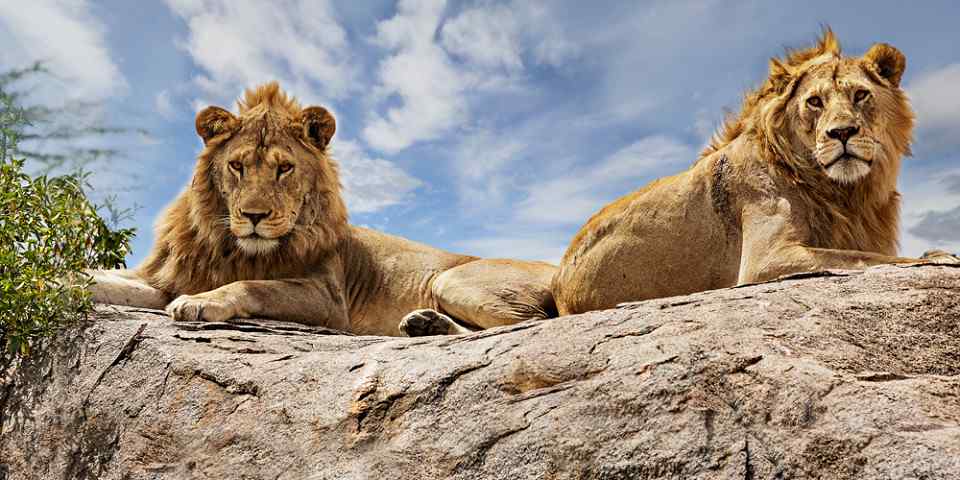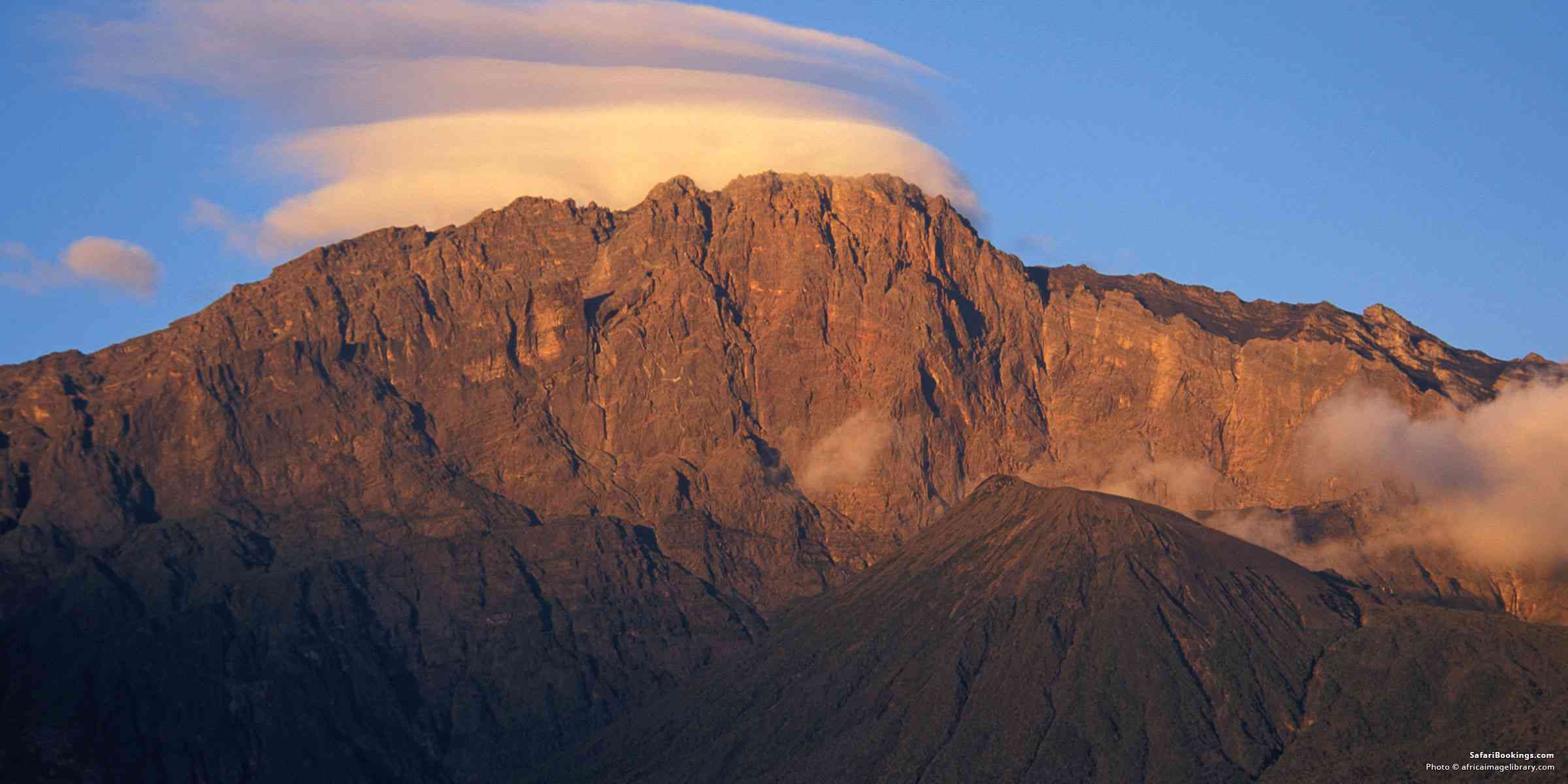
Things You Need To Know Before Climbing Mt Meru in Tanzania
 By Ariadne van Zandbergen
By Ariadne van Zandbergen Ariadne is an Africa expert. She and her husband form a team who author the Bradt guidebook to Tanzania.
Climbing Mount Meru is a rewarding challenge. It is often done as a warm-up trek for Mt Kilimanjaro, Africa’s tallest mountain. These iconic landmarks are only 70km/43mi apart and when climbing one, you’ll be treated to great views of the other. A Mt Meru trek will reduce the risk of altitude sickness when climbing its bigger sister, Mt Kilimanjaro. But there are other reasons you might want to conquer this lesser-known peak.
Why Climb Mount Meru?
 Ascent to Saddle Hut. Source: flickr.com/photos/hyperfocaldistance/9561171479
Ascent to Saddle Hut. Source: flickr.com/photos/hyperfocaldistance/9561171479
A Mt Meru climb is one of the most spectacular treks in East Africa. And while most Kilimanjaro routes suffer from overcrowding, there is very little foot traffic on Meru. You’ll be hiking through several vegetation zones. The forested slopes are home to a large variety of animals, including buffalo, leopard, Harvey’s red duiker, bushbuck, Kilimanjaro colobus and blue monkey. The birdlife is fantastic too, with over 400 species recorded.
How High Is Mt Meru?
At 4,562m/14,967ft, Mt Meru is Tanzania’s second-highest peak and the fifth-highest peak in Africa. You’re not likely to experience serious altitude sickness at this height, but experiencing this altitude will help your body to adapt sufficiently for making a Kilimanjaro climb.
How Hard Is It To Climb Mt Meru?
 Mt Meru
Mt Meru
Don’t underestimate a Mt Meru climb. It is quite steep and technical, and a reasonable amount of fitness is required. There is only one way up, the Momella Route. It starts on the eastern side of the mountain and ascends along the northern side of the crater to the summit, the Socialist Peak.
How Long Does It Take To Climb Mt Meru?
A Mt Meru climb usually takes four days (three nights). It is also possible to do it in three days (two nights). Although the three-day option will save you some money, we wouldn’t recommend it. The first two days are identical in both itineraries, but you compress day three and four into one day for the shorter version. This makes for a very long third day where you summit at sunrise, and then descend more than 3,000m/9,800ft all the way back to the park entrance.
What Is the Typical Itinerary of a Mt Meru Climb?
With only one way up and down the mountain, a Mt Meru climb has a standard four-day itinerary (see below).
Day One
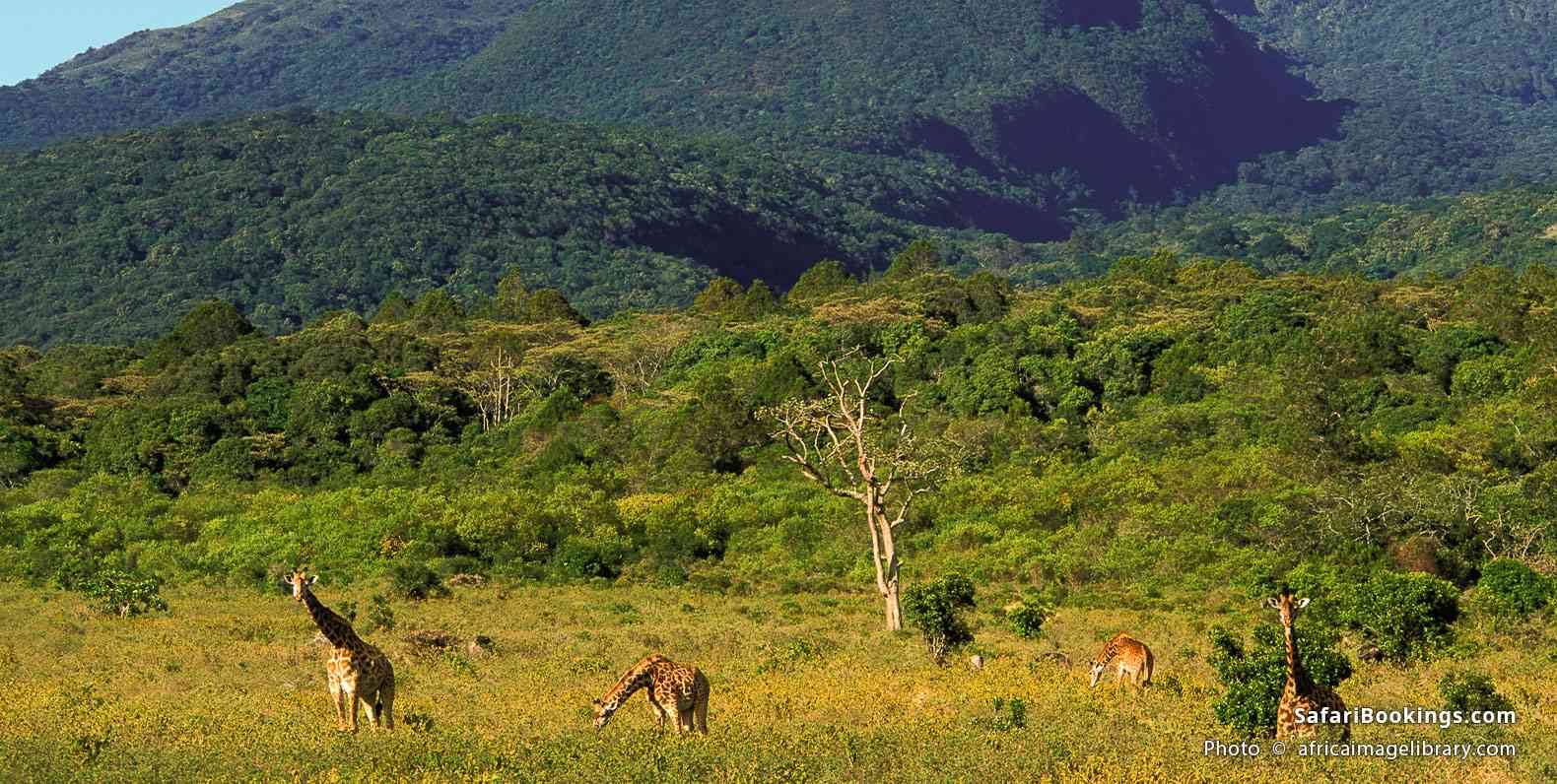 Masai giraffes on the slopes of Mt Meru
Masai giraffes on the slopes of Mt Meru
Your guide will sort out your paperwork at Momella Gate, the start of a Mt Meru climb. This is where you’ll pick up your mountain crew, including a park ranger and porters. You’ll hike through open grassland before the real climbing starts. You might see some animals along the way, including buffalo, giraffe and zebra. The scenery keeps changing as you gain altitude and soon you’ll find yourself surrounded by dense forest, the prime habitat for Kilimanjaro colobus and Harvey’s red duiker.
Day Two
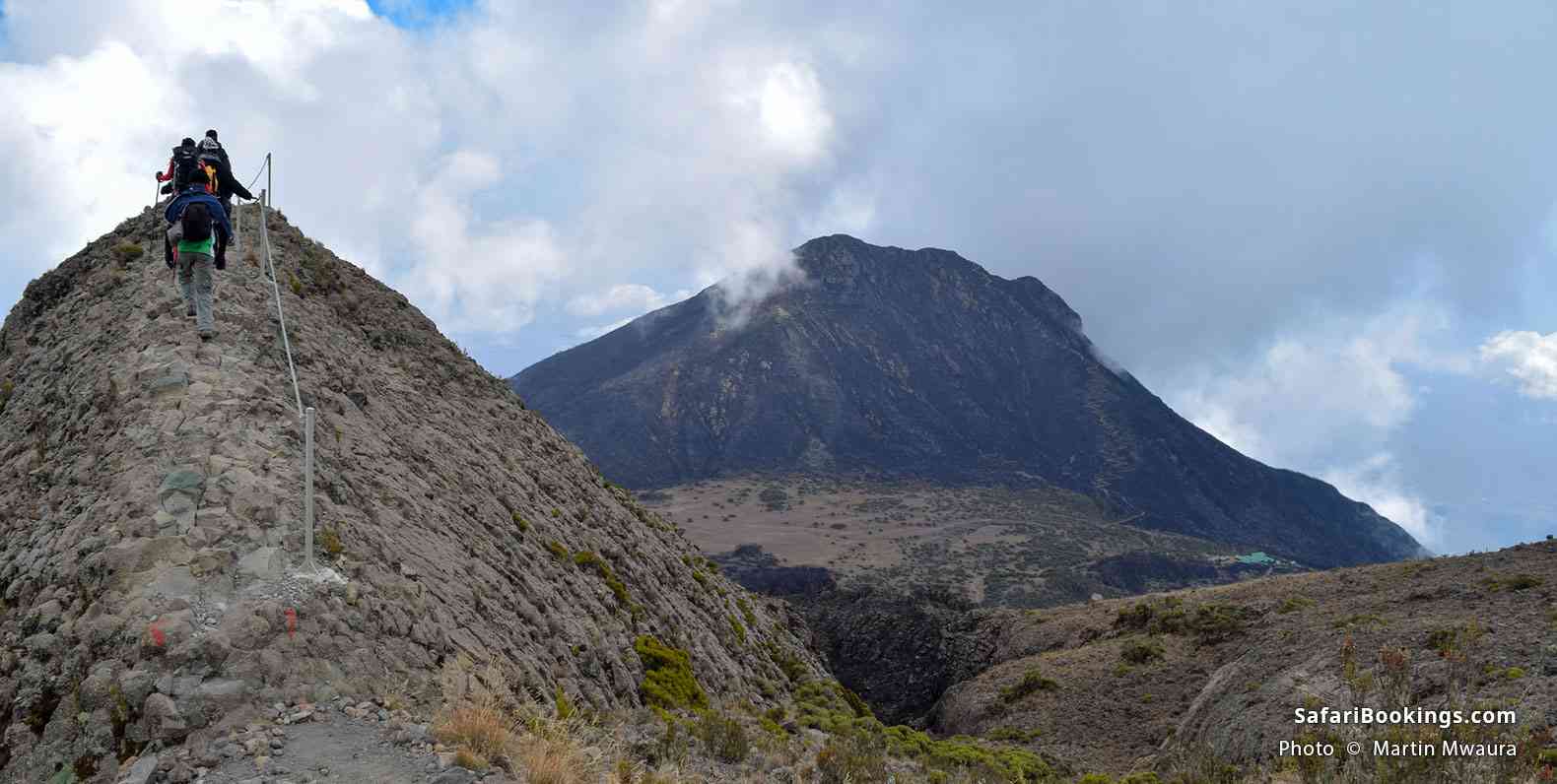 Hikers on Mt Meru with a backdrop of Little Meru
Hikers on Mt Meru with a backdrop of Little Meru
The hike on the second day isn’t very long, but the steep ascent makes it relatively demanding. You will pass the half-way point, Elephant Ridge, from where you can get magnificent views of the crater (weather permitting). If you still feel energetic, you can take an out-and-back walk from Saddle Hut to Little Meru (3,801m/12,533ft) in the afternoon. The extra altitude gained by the optional Little Meru climb will help you on summit day and, as a bonus, you’ll be rewarded with phenomenal views over Arusha National Park and Mt Kilimanjaro. Alternatively, you can rest your legs for summit day.
Day Three
 The summit of Mt Meru
The summit of Mt Meru
You’ll start your hike at around 2am for a sunrise summit. The first part of this route is a very steep ascent to Rhino Point (3,850m/12,631ft). From here you’ll follow a narrow ridge all the way to the top where you’ll be rewarded with endless views in every direction. From Socialist Peak, you’ll head all the way back to Miriakamba Hut to overnight. This is by far the toughest day.
Day Four
 Ash cone on Mt Meru
Ash cone on Mt Meru
The last day is literally a walk in the park. After a relaxed breakfast you’ll take a leisurely hike back to Momella Gate where your tour ends. You can choose to take the straight route back or take a small detour to see the ash cone. As you reach the lower slopes, you’ll have the chance to see some more wildlife. You could even be lucky and see elephants.
What Are the Huts Like on Mt Meru?
 Saddle Hut. Source: flickr.com/photos/hyperfocaldistance/9563834466
Saddle Hut. Source: flickr.com/photos/hyperfocaldistance/9563834466
There are two locations that have well-equipped huts for hikers on Mt Meru. Miriakamba and Saddle Hut offer dormitory accommodation. Each dorm room sleeps up to four people in bunk beds. There are communal bathrooms and a mess room for taking meals. Outside tables are provided as well.
What Do I Need To Pack for a Mt Meru Hike?
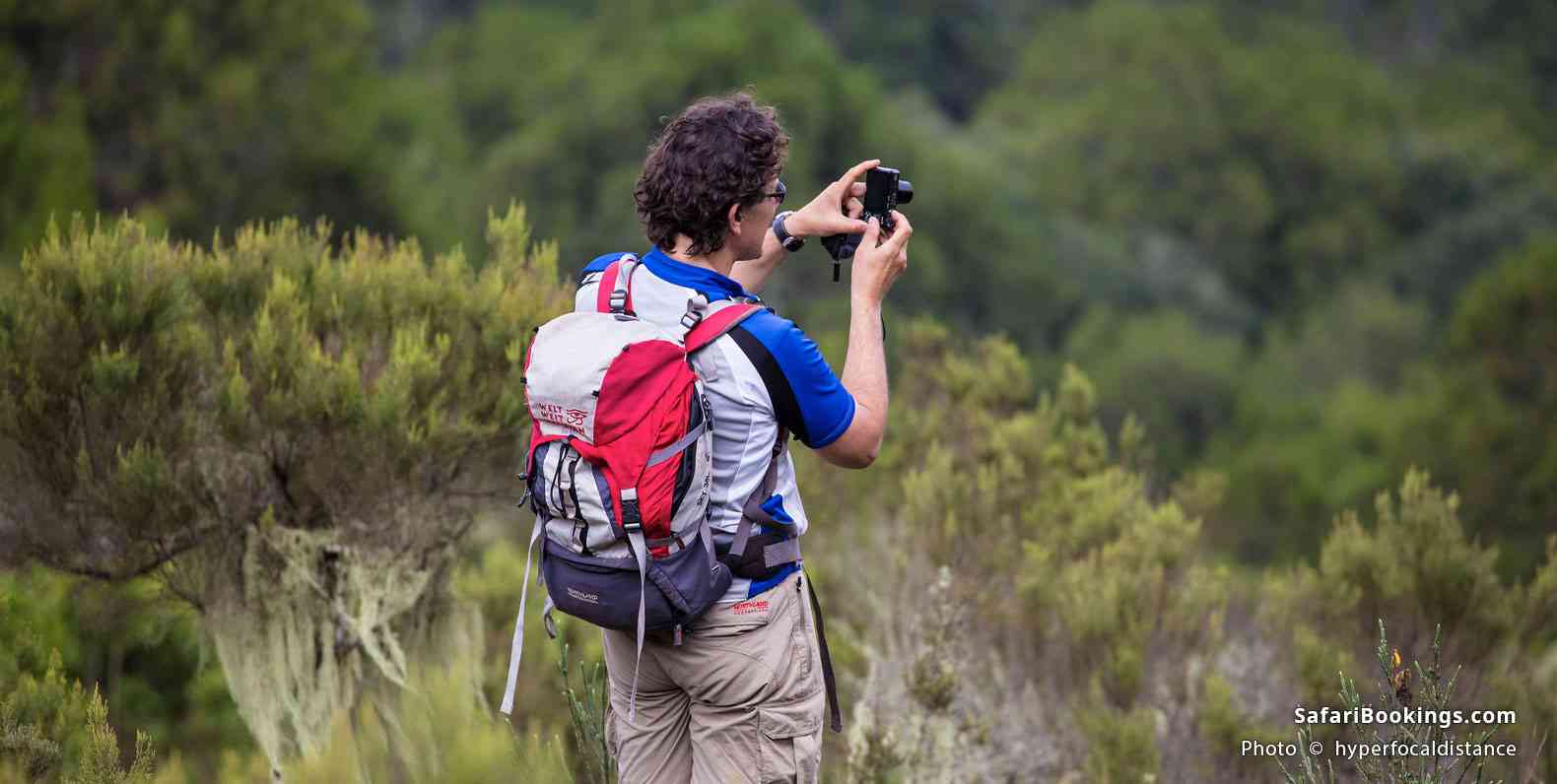 Hiker on Mt Meru. Source: flickr.com/photos/hyperfocaldistance/9564062432
Hiker on Mt Meru. Source: flickr.com/photos/hyperfocaldistance/9564062432
Your gear can make or break your trip. If ever a packing list was important, it is when you plan to climb a mountain. You should get a complete list from your tour operator, but here are a few essentials to get you going:
Do I Need a Guide for a Mt Meru Hike?
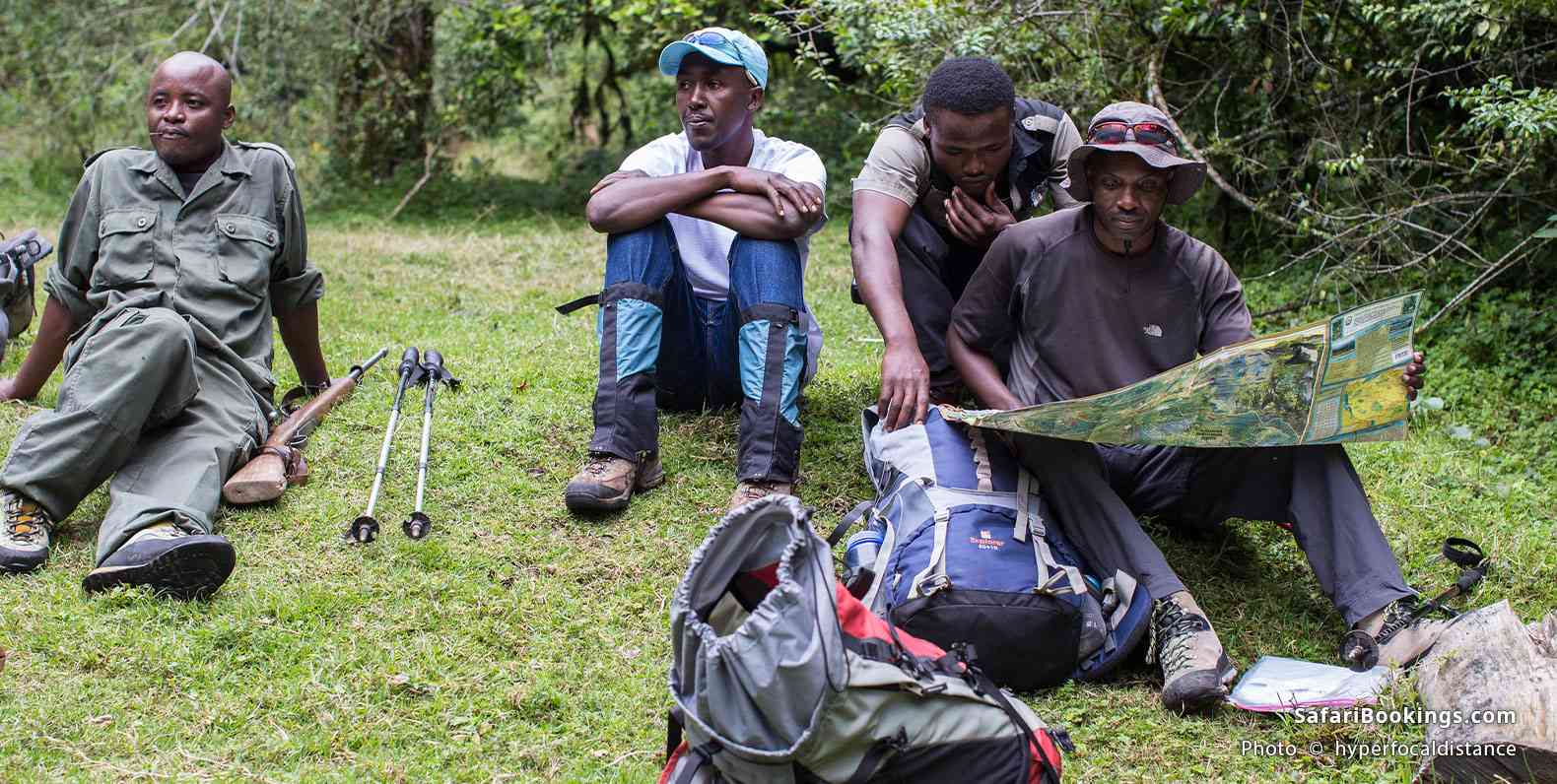 Resting during a Mt Meru climb. Source: flickr.com/photos/hyperfocaldistance/9561313893
Resting during a Mt Meru climb. Source: flickr.com/photos/hyperfocaldistance/9561313893
At the very minimum you have to hire an armed ranger for your Mt Meru climb. This is to protect you from wildlife you might encounter along the way. Aside from the ranger, you could decide to tackle Mt Meru unsupported, but it is generally recommended to book your trip with a licensed operator. The operator will sort out all the fees, food, equipment, transport, porters, guide and park ranger.
Are There Day Trips on Mt Meru?
If climbing Mt Meru is too time-consuming, too expensive or just too daunting for you, a day trip is a great alternative. You’ll drive through beautiful primary forest passing the famous Fig Tree Arch (a huge strangler fig with an archway big enough for a Land Cruiser to pass through). The road ends at Kitoto Viewpoint (2,500m/8,202ft) from where you’ll continue on foot for a two-to-four-hour hike through Meru Crater with its ash cone.
What Is the Cost of a Mt Meru Climb?
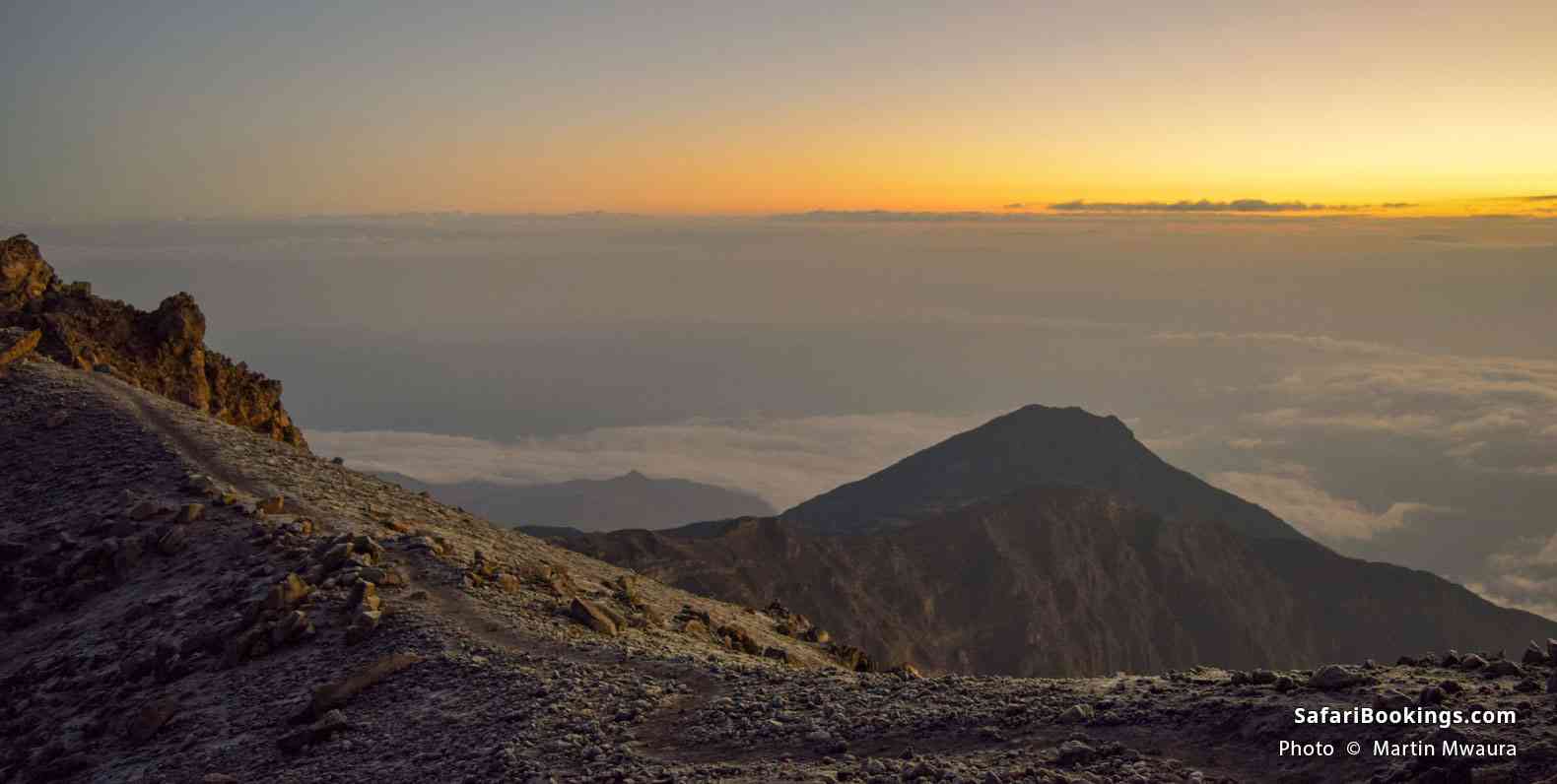 Sunrise above the clouds, Mt Meru
Sunrise above the clouds, Mt Meru
The cost of a four-day Mt Meru climb varies between US$850 and US$1500 per person. This usually includes a transfer from your accommodations in Arusha or Moshi to Arusha National Park and back. Food, permits and overnight accommodations in mountain huts are all included, but tips for the mountain crew (guide, cook, park ranger and porters) are not.
Despite the wide range of prices, tours don’t differ much as everybody stays in the same huts. Camping is also an option, but the fees for this are the same. The main difference lies in the standard of guiding and the food. Three-day Mt Meru climbs cost about the same.
What Is the Best Time of the Year To Climb Mt Meru?
You can climb Mt Meru at any time of the year, but the most favorable conditions are from June to February when it is mostly dry and relatively warm. For clear skies offering great views of Mt Kilimanjaro, December to February is your best bet.
Want To Climb Mt Meru?
Click on the button below to compare Mt Meru climbing, trekking and hiking tours offered by top rated tour operators.
 By Ariadne van Zandbergen
By Ariadne van Zandbergen Ariadne is an Africa expert. She and her husband form a team who author the Bradt guidebook to Tanzania.
More About This AuthorSafari Tours to Tanzania
-
![7-Day Tanzania's Top Safari Highlights (with Balloon)]()
7-Day Tanzania's Top Safari Highlights (with Balloon)
$4,640 to $5,090 pp (USD)
Tanzania: Private tourLuxuryLodge & Tented Camp
You Visit: Arusha (Start), Tarangire NP, Lake Manyara NP, Serengeti NP, Ngorongoro Crater, Arusha (End)

Lion King Adventures
5.0/5 – 1,350 Reviews
-
![8-Day Great Migration Safari]()
8-Day Great Migration Safari
$3,135 pp (USD)
Tanzania: Private tour
Mid-range Lodge & Tented CampYou Visit: Arusha (Start), Tarangire NP, Central Serengeti NP, Northern Serengeti NP, Serengeti NP, Ngorongoro Crater, Foothills of Mt Kilimanjaro, Arusha (End)

Safari Soles
5.0/5 – 442 Reviews
-
![7-Day Memorable Adventure in Tanzania]()
7-Day Memorable Adventure in Tanzania
$2,380 to $2,390 pp (USD)
Tanzania: Private tour
Mid-range Lodge & Tented CampYou Visit: Arusha (Start), Tarangire NP, Central Serengeti NP, Serengeti NP, Ngorongoro Crater, Lake Manyara NP, Arusha (End)

Go Serengeti African Tours
4.9/5 – 437 Reviews



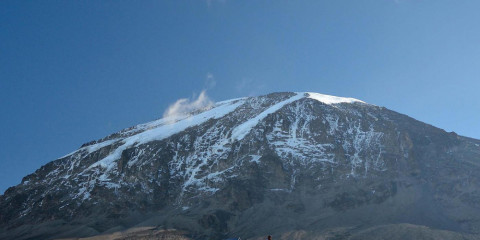

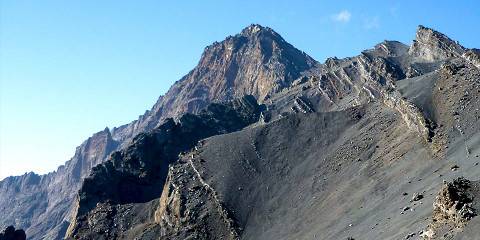
 Subscribe to our newsletter
Subscribe to our newsletter
 Follow us on Instagram
Follow us on Instagram


